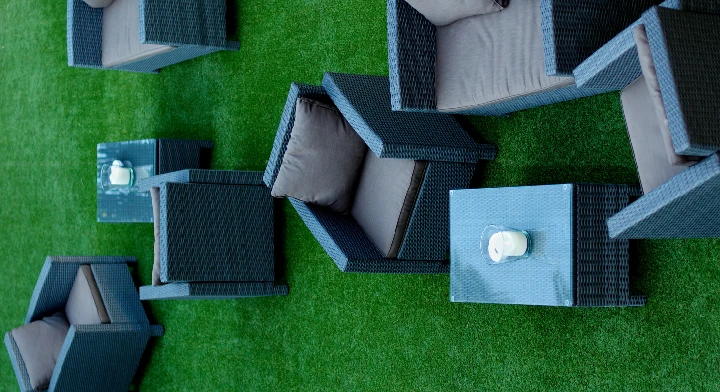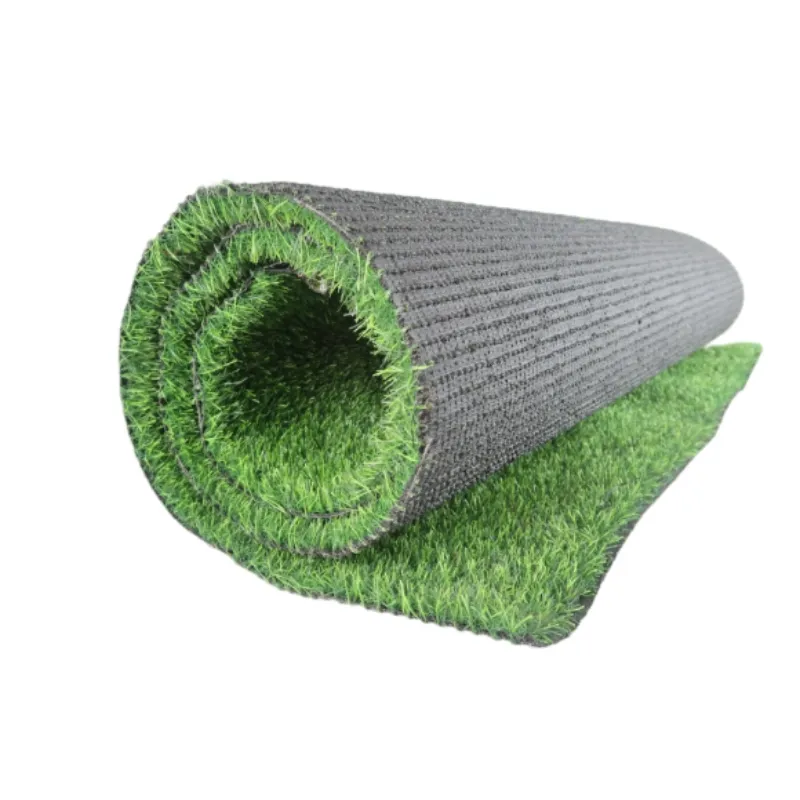Welcome to Hoyarn
Call Us Any Time:+86 19801805999
Email Us: info@hoyarn.cn

- Afrikaans
- Arabic
- Belarusian
- Bengali
- Czech
- Danish
- Dutch
- English
- Esperanto
- Estonian
- Finnish
- French
- German
- Greek
- Hindi
- Hungarian
- Icelandic
- Indonesian
- irish
- Italian
- Japanese
- kazakh
- Rwandese
- Korean
- Kyrgyz
- Lao
- Latin
- Latvian
- Malay
- Mongolian
- Myanmar
- Norwegian
- Persian
- Polish
- Portuguese
- Romanian
- Russian
- Serbian
- Spanish
- Swedish
- Tagalog
- Tajik
- Thai
- Turkish
- Turkmen
- Ukrainian
- Urdu
- Uighur
- Uzbek
- Vietnamese
Artificial Grass for Professional Sports Fields
Feb . 10, 2025 23:01 Back to list
Artificial Grass for Professional Sports Fields
Indoor soccer has become an increasingly popular sport, especially in regions where weather conditions limit outdoor play. The demand for quality indoor soccer facilities has grown, prompting questions about the costs associated with installing indoor soccer turf. This article addresses the various factors influencing the cost of indoor soccer turf, ensuring an informed decision-making process for facility owners and operators.
After installation, maintenance becomes a factor in the ongoing cost. Quality indoor soccer turf requires regular grooming, cleaning, and occasional infill replenishment to maintain its performance and aesthetic appeal. These tasks can usually be managed in-house if staff receive proper training, but professional maintenance services can be employed for more thorough upkeep. Although professional services add to the cost, they ensure the turf remains in optimal condition, thereby extending its lifecycle and safeguarding your initial investment. Adding extra features like markings, padding, and advanced infill materials can enhance the playing experience but also increase costs. Field markings for different sports, additional safety padding around the perimeter, and special infills that mimic natural soil performance all contribute to a higher overall price. These additions should be carefully considered based on the facility’s intended use and target audience. When projecting the cost for an indoor soccer turf project, it's crucial to research and compare multiple suppliers and installation companies. Look for providers with a solid reputation in the sports flooring industry, extensive experience, and transparent pricing structures. Reliable suppliers offer warranties and detailed service agreements that protect the facility’s investment and assure quality. Trustworthiness and credibility of providers can be ascertained through reviews, testimonials, and industry accreditations. Engaging with peers in the field and seeking recommendations can also help identify reputable contractors. Establishing this trust will not only guarantee a successful installation but also ensure ongoing support and service throughout the turf’s life. In conclusion, the cost of indoor soccer turf is not merely about the initial purchase price. It entails a comprehensive assessment of materials, installation, maintenance, and additional features that enhance the playing environment. By prioritizing quality and expertise, facility owners will benefit from a resilient and lasting turf solution that supports dynamic and engaging sports activities. This informed approach to budgeting and planning is crucial for any organization aiming to deliver a top-notch indoor soccer experience.


After installation, maintenance becomes a factor in the ongoing cost. Quality indoor soccer turf requires regular grooming, cleaning, and occasional infill replenishment to maintain its performance and aesthetic appeal. These tasks can usually be managed in-house if staff receive proper training, but professional maintenance services can be employed for more thorough upkeep. Although professional services add to the cost, they ensure the turf remains in optimal condition, thereby extending its lifecycle and safeguarding your initial investment. Adding extra features like markings, padding, and advanced infill materials can enhance the playing experience but also increase costs. Field markings for different sports, additional safety padding around the perimeter, and special infills that mimic natural soil performance all contribute to a higher overall price. These additions should be carefully considered based on the facility’s intended use and target audience. When projecting the cost for an indoor soccer turf project, it's crucial to research and compare multiple suppliers and installation companies. Look for providers with a solid reputation in the sports flooring industry, extensive experience, and transparent pricing structures. Reliable suppliers offer warranties and detailed service agreements that protect the facility’s investment and assure quality. Trustworthiness and credibility of providers can be ascertained through reviews, testimonials, and industry accreditations. Engaging with peers in the field and seeking recommendations can also help identify reputable contractors. Establishing this trust will not only guarantee a successful installation but also ensure ongoing support and service throughout the turf’s life. In conclusion, the cost of indoor soccer turf is not merely about the initial purchase price. It entails a comprehensive assessment of materials, installation, maintenance, and additional features that enhance the playing environment. By prioritizing quality and expertise, facility owners will benefit from a resilient and lasting turf solution that supports dynamic and engaging sports activities. This informed approach to budgeting and planning is crucial for any organization aiming to deliver a top-notch indoor soccer experience.
Latest news
-
The Benefits of Artificial Turf for Indoors
NewsJul.15,2025
-
How Artificial Grass Suppliers Ensure Quality Products
NewsJul.15,2025
-
Artificial Grass and Pets: A Space for Relaxation
NewsJul.08,2025
-
Balcony & Outdoor Decoration with Artificial Grass
NewsJul.08,2025
-
Best Indoor Artificial Grass for Home
NewsJul.07,2025
-
Best Pet Turf for Dogs: Safe & Durable Artificial Grass Options
NewsJul.07,2025
Products categories









